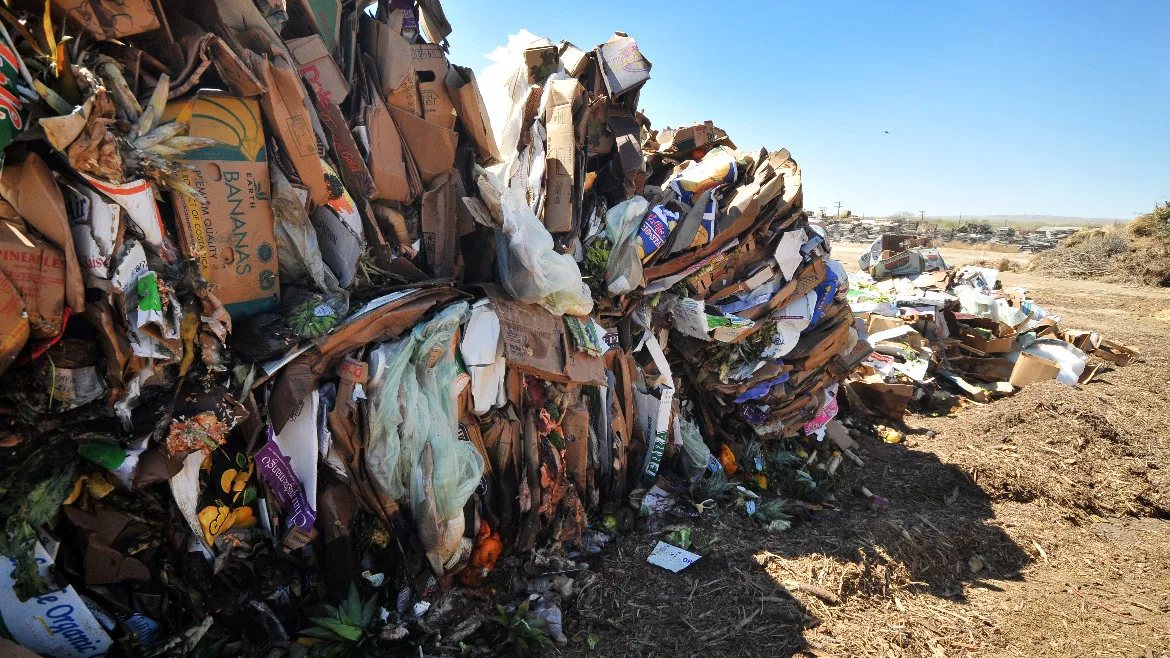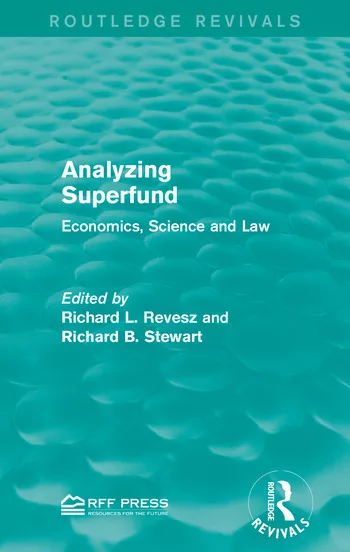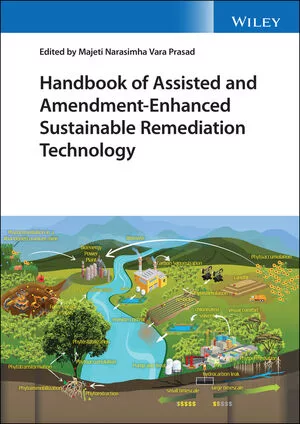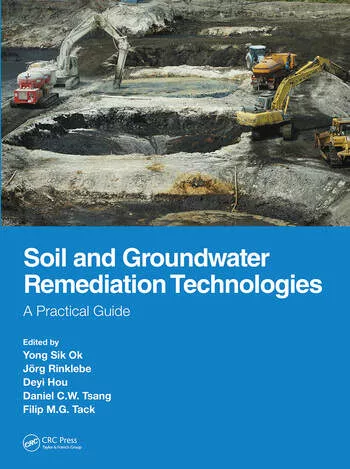Study finds PFAS in food packaging, compostable bowls
Alternatives to single use plastic like paper wrappers and compostable bowls can test higher for total fluorine, owing to water and grease repellents that contain PFAS.

Compostable bowls that wind up in piles like this could potentially leach PFAS into the environment as it becomes mulch. Photo courtesy of the Department of Energy
Researchers at the University of Toronto, Indiana University and University of Notre Dame have detected levels of toxic PFAS chemicals—short for per- and polyfluoroalkyl substances—for the first time in Canadian fast-food packaging, specifically water-and-grease repellent paper alternatives to plastic.
Published today in Environmental Science and Technology Letters, the findings suggest that food packaging exposes people directly to PFAS, which have been linked to serious health effects such as increased cancer risk and immune system damage, by contaminating the food they eat. Further, once discarded packaging enters waste streams, PFAS enter the environment, where these “forever chemicals” will never break down. These health and environmental risks have prompted 11 U.S. states to ban PFAS from most food packaging, and two major restaurant chains to commit to becoming PFAS-free by 2025.
“As Canada restricts single-use plastics in food-service ware, our research shows that what we like to think of as the better alternatives, such as paper wrappers and compostable bowls, are not so safe and ‘green’ after all. In fact, they may harm our health and the environment—from our air to our drinking water—by providing a direct route to PFAS exposure,” says Miriam Diamond, professor in the Department of Earth Sciences and School of the Environment at the University of Toronto and study co-author.
For the study, the researchers collected 42 paper-based wrappers and bowls from fast-food restaurants in Toronto and tested them for total fluorine, an indicator of PFAS. They then completed a detailed analysis of eight of those samples with high levels of total fluorine. Fibre-based moulded bowls, which are marketed as “compostable”, had PFAS levels three to 10 times higher than doughnut and pastry bags. PFAS are added to these bowls and bags as a water- and grease-repellent.
PFAS are a complex group of about 9,000 manufactured chemicals, few of which have been studied for their toxicity. A PFAS that is known to be toxic—6:2 FTOH (6:2 fluorotelomer alcohol)—was the most abundant compound detected in these samples. Other PFAS that were commonly found in all the Canadian fast-food packaging tested can transform into this compound, thereby adding to a consumer’s exposure to it. They detected several PFAS for the first time in food packaging, showing how difficult it is to track the presence of this large family of compounds.
Critically, the researchers found that the concentration of PFAS declined by up to 85 per cent after storing the products for two years, contradicting claims that polymeric PFAS—a type composed of larger molecules—do not degrade and escape from products. The release of PFAS from food packaging into indoor air presents another opportunity for human exposure to these chemicals.
“The use of PFAS in food packaging is a regrettable substitution of trading one harmful option—single-use plastics—for another. We need to strengthen regulations and push for the use of fibre-based food packaging that doesn’t contain PFAS,” says Diamond.
JOURNAL
Environmental Science & Technology Letters






